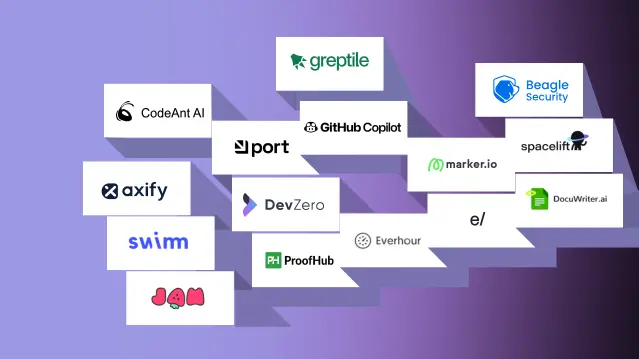
Following the COVID-19 outbreak, most firms are accelerating their digital transformation efforts. In order to meet the need of the hour, every corporation is relocating its operations to an online platform.
For most organisations “going digital” is a huge challenge even in the best of times.
The process of transforming an organisation digitally is not an easy task that anyone can perform. In order to ensure both success and longevity, organisations require a combination of the right tools, the right people, and the right skill sets.
However, digital transformation brings new scopes like new digital assets, databases, applications, cloud computing servers, and websites, thus increasing an organisation’s attack surface area.
Thus, it is vital to deploy a built-in and bottom-up security approach in the form of DevSecOps to avoid security breaches, maintain customer connections, and protect the company’s goodwill.
Let’s look at the advantages of DevSecOps in terms of digital transformation and how it handles security concerns.
Why DevSecOps?
Prior to DevSecOps, security was often a last-minute consideration, handled by a different, dedicated security team.
The Software Development Lifecycle (SDLC) is improving all the time, thanks to the availability of new ideas, tools, and technologies, as well as the emergence of open source communities led by people and enterprises alike.
These tools increase the productivity and efficiency of a company’s operations.
With these new tools and techniques, there is a rise in the frequency of application code changes and deployments.
However, this increases security risks as well. Rather than waiting for cyber security experts to examine the security threats, the only approach to protect the code is to give developers the security tools to utilise within their existing workflows.
Previously, most security tests were done after the development was completed, which means if there were any security vulnerabilities, you’d have to start over from the beginning of a long development cycle.
This in turn causes a delay in production release. If these security issues are ignored it can jeopardise the security of the entire organisation.
However, since the introduction of DevSecOps, security has been incrementally integrated into the product pipeline, combining it with the rest of the DevOps strategy.
The seamless integration of security testing and protection across the software development and deployment lifecycle is known as DevSecOps.
The goal of DevSecOps is to incorporate security into your CI/CD workflow in both pre-production (dev) and production (ops) environments.
In simple words, DevSecOps or Shift Left Security enables businesses to create more secure software more quickly. Bugs and vulnerabilities can be found early in the development process, reducing development time significantly.
Benefits of DevSecOps in the digital era
With modern technologies like flexible cloud computing, dynamic apps, containerization, shared storage, and data analytics, businesses have seen massive changes in their IT integrity during the last decade.
DevOps can elevate your mission-critical application’s performance, speed, functionality, and scale to new heights.
However, due to a lack of compliance and solid security, these applications are frequently delayed.
This is where DevSecOps comes into play.
When DevSecOps is integrated into your software development lifecycle, it unifies development, security, and operations.
In recent data breaches, attackers have taken advantage of DevOps application security flaws that were overlooked throughout the development phase. Attackers are constantly looking for ways to exploit programs or infect them with malware.
If there aren’t any security measures in place, malware that was injected into an application during the development stage could be distributed to thousands of clients.
Not only would this harm the brand’s reputation, but it will also lead to a loss of client loyalty.
That’s why every organisation must include security in the development and operations process. Every developer and operations administrator has to emphasize security at every stage of designing and delivering mission-critical apps using DevSecOps.
The following are some of the primary advantages of using DevSecOps in your digital transformation projects:
Compliance costs can be reduced
Applications can be deployed more quickly
Increased software delivery rate
Security checks, continuous monitoring, and automated deployment checks can be performed from the beginning
Enhanced transparency from the start of the application development process
Secure by design
Faster recovery time in the event of a security breach
Improved and automated security throughout
Conclusion
Every enterprise’s purpose is evolving in the era of digital transformation, with increased security threats and hacks.
DevSecOps will make every developer in the team an expert in deploying native and secure web applications.
In the long term, this technique is cost-effective, preventative, and proactive. DevSecOps adoption will include all developers in adopting security precautions and establishing an atmosphere in which security begins at the outset of development.
The first step is to bring together IT operations, application developers, and security teams, as well as to encourage a bottom-up approach to security.
Inserting security in DevOps workflows will ensure your application code isn’t exposed to cyberattacks and is safe for users.
![Top 10 SDLC tools [2025] Top 10 SDLC tools [2025]](https://beaglesecurity.com/blog/images/blog-banner-three-840.webp)


![Best rated DAST tools [2025] Best rated DAST tools [2025]](https://beaglesecurity.com/blog/images/top-rated-dast-tools-840.webp)










